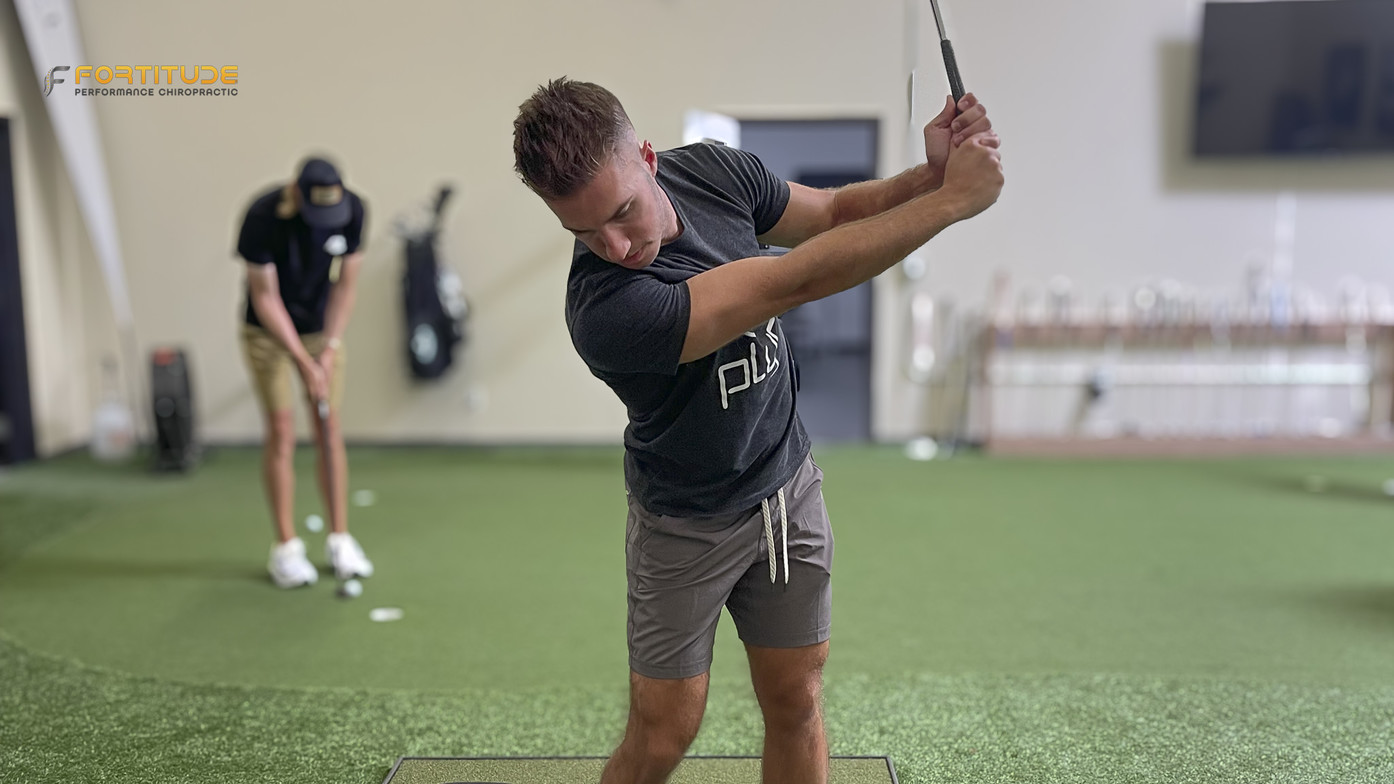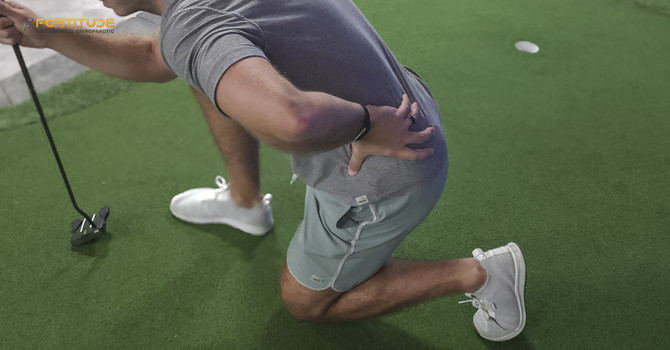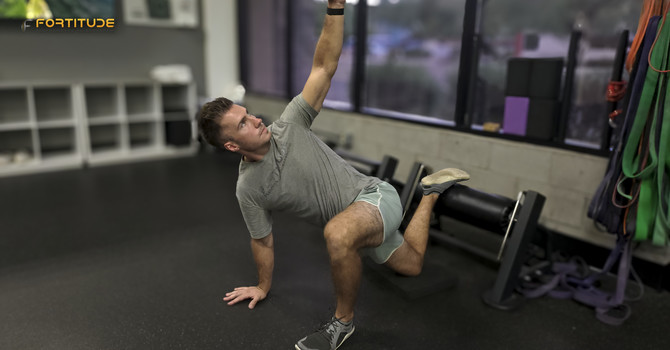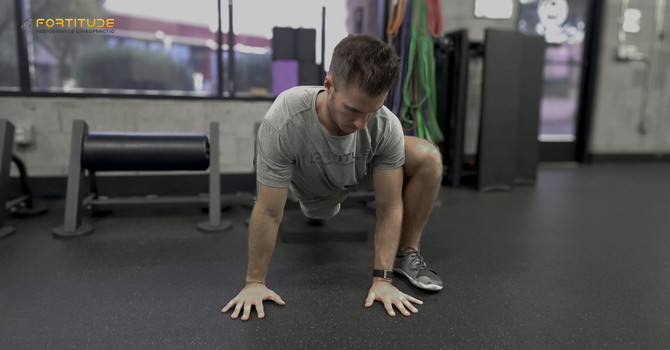
The Overlooked Joints Sabotaging Your Golf Swing
If you’re a golfer in Scottsdale who has taken lessons, upgraded clubs, and tried every quick fix for your swing but still feel like your game is slipping, you’re not alone.
Many golfers we see have the same story. They feel like they’ve lost distance or their backs and shoulders start aching by the back nine.
They’ve tried the typical solutions: more lessons, new drivers, pain medication, stretching routines. Yet nothing seems to work.
Here’s the reality: the problem often isn’t your swing technique at all.
More often than not, it’s your body’s overlooked joints quietly limiting power, balance, and consistency.
Areas like the:
- ankles
- feet
- mid-back
- rib cage
- wrists
- and even the trail shoulder
often hold the key to pain-free, powerful golf.
Let’s break down why these joints matter, how they silently sabotage your swing, and what you can do to fix them.
Why Your Swing Issues Won’t Go Away
Do any of these situations sound familiar?
- Drives suddenly 20 yards shorter in your 50s or 60s
- Nagging aches in the back, shoulders, or elbows by the end of each round
- A swing that feels off-balance or less fluid even though your equipment and practice haven’t changed
- Endless lessons, new shoes, or medications with no lasting improvement
When one joint isn’t moving well, the rest of your body compensates. That compensation changes how forces travel through your swing. The end result is pain, lost power, and mechanics that never feel quite right.
- A locked-up mid-back forces the lower back to over-rotate, leading to pain and stiffness
- Stiff ankles limit balance and weight transfer, robbing distance and consistency
Where you feel pain is rarely where the problem starts.
“We had a 67 golfer come in, losing power and stumbling at the end of his swing. He assumed it was his age and thought new sharper golf shoes might help. After running him through a movement screen, we found his ankle mobility was so limited he couldn’t properly transfer weight, so he kept losing his balance. This is what created his frustration and loss of distance. Once we worked on ankle mobility and the skill of transferring weight, his balance returned and his drives instantly gained distance. One small joint changed everything.”
– Dr. Molly
The Overlooked Joints Sabotaging Your Swing
Most golfers focus on the hips, core, or grip when things go wrong. These joints matter, but often the real trouble spots are the smaller, less obvious areas that get ignored for years.
Ankles: The Hidden Foundation of Every Swing
Your ankles are the connection between the ground and the rest of your body. When they’re stiff or weak, your swing suffers. Limited ankle motion affects balance, weight transfer, and even setup posture.
A lack of forward ankle bend, called dorsiflexion, makes it hard to stay in your stance and post up on your lead leg. That can cause early extension, swaying, or falling out of posture mid-swing. Stiff ankles also force your knees and lower back to overcompensate, adding strain where you don’t want it.
Quick self-check: Try squatting all the way down to the ground while keeping your heels flat. If your heels lift or you can’t get past 90 degrees bend in your knees without your heels popping up, your ankles might be limiting your swing more than you think.
Flexible, stable ankles allow you to stay balanced, generate power from the ground up, and protect your spine from unnecessary stress. Many golfers gain both distance and consistency simply by addressing the root cause of their problem - ankle mobility.
Foot Stability: Balance and Power from the Ground Up
Your feet are your foundation. A strong, stable base allows smooth energy transfer and consistent balance throughout the swing. Just like your house, it is built on a strong foundation and if there are cracks, your house will eventually suffer.
Weak or unstable feet often show up as swaying, inconsistent weight transfer, or feeling off-balance on the follow-through. Studies show elite golfers control their weight shift precisely through the mid-foot and toes, which leads to better clubhead speed and accuracy. Did you know that foot strength (big toe strength more specifically) is the #1 predictor of a fall in our elderly patients? THAT’S how important those puppies are.
The challenge is that balance naturally declines with age. By age 50, foot sensitivity drops by 20 percent, and by 70, toe strength decreases by 35 percent. That decline directly affects performance on the course and can lead to an increase risk of a fall.
The good news: balance and foot strength can be trained and is something we do in our office Every. Single. Day. . Single-leg balance drills, toe strengthening exercises, and stability work make a dramatic difference in control and consistency.
Better balance equals more efficient weight transfer, higher clubhead speed, and reduced risk of falls and injury as you age.
Wrists: The Small Hinge That Creates Speed
Wrists generate a huge amount of power in the golf swing.
Limited wrist mobility prevents proper club set at the top of the backswing. Less stored energy means less speed at impact. Weak wrists also struggle to control the clubface, which leads to inconsistent contact and greater injury risk.
When wrists move well and have strength behind them, golfers create better lag, more clubhead speed, and stable contact through the ball. That means longer drives and fewer mishits. If you are a golfer who always complains about not knowing where your ball is going, check your wrists.
Rib Cage: The Overlooked Link in Rotation
The rib cage might be the most overlooked part of the body in golf. It drives upper body rotation and stores power during the backswing.
When the rib cage becomes stiff, often from years at a desk or limited mobility work, the swing shortens. Golfers then rely more on their arms instead of turning through the torso. That leads to weaker shots, less consistency, and more strain on the shoulders and back.
Restoring rib cage mobility allows for a fuller backswing, more stored energy, and reduced stress on other joints.
Mid-Back (Thoracic Spine): Your Rotation Powerhouse
The thoracic spine is the section of your back between your neck and lower spine. It should be the main source of rotation in the golf swing.
When this area stiffens up, golfers either overuse their lower back or lift their arms awkwardly to complete the swing. Both reduce power, increase strain, and lead to inconsistent mechanics.
Improving thoracic rotation often unlocks distance, restores fluidity, and prevents lower back pain.
Trail Shoulder: The Backswing Limiter
For right-handed golfers, the right shoulder winds up in the backswing. Limited mobility here shortens the swing arc, reduces stored energy, and often causes compensations like flaring the elbow or steepening the downswing.
Freeing up the trail shoulder allows a full backswing, smoother transition, and more powerful, consistent contact.
“One of the biggest surprises for our golf patients is how much freeing up the mid-back changes things. Golfers come in convinced age is the reason their power is fading. Then we restore thoracic mobility, and suddenly they can turn fully again, their backs stop hurting, and their swing feels effortless. It’s always a lightbulb moment.”
– Dr. Maxim
How We Fix It: Our Whole-Body Approach
At Fortitude Performance Chiropractic, we evaluate the entire body instead of just chasing pain.
Your golf assessment includes:
- Feet and ankles for stability, balance, and mobility
- Hips and core for strength and rotational control
- Mid-back and rib cage for rotational flexibility
- Shoulders, especially the trail shoulder, for range of motion
- Past injuries or imbalances that might affect movement
We combine this with golf-specific movement tests (balance drills, backswing mobility screens, and functional strength check) to find exactly what is holding your swing back.
Then we design a custom plan with targeted chiropractic adjustments, soft tissue work, mobility drills, and strengthening exercises so each joint works the way it should.
The Result: Pain-Free, More Powerful Golf
Golfers notice: :
- Pain fades as movement improves
- Balance returns, bringing confidence to every swing without worrying if you will slice it into the desert
- Distance increases with better energy transfer through the body
Most importantly, golfers start enjoying the game again without worrying about aches or limitations.
FAQ: Overlooked Joints and Golf
Q: Which joints do golfers ignore the most?
A: Ankles, feet, wrists, rib cage, mid-back, and the trail shoulder.
Q: Can small mobility limits really cost me distance?
A: Absolutely. Even minor restrictions cause compensations that rob power and create stress elsewhere.
Q: How do I know if a joint is limiting me?
A: Stiffness, pain, balance problems, or a shortened backswing are common signs. A professional golf movement assessment gives you a clear answer.

Fortitude Performance Chiropractic
Contact Me



